A Beginner's Guide to Planting Almonds in the Fall
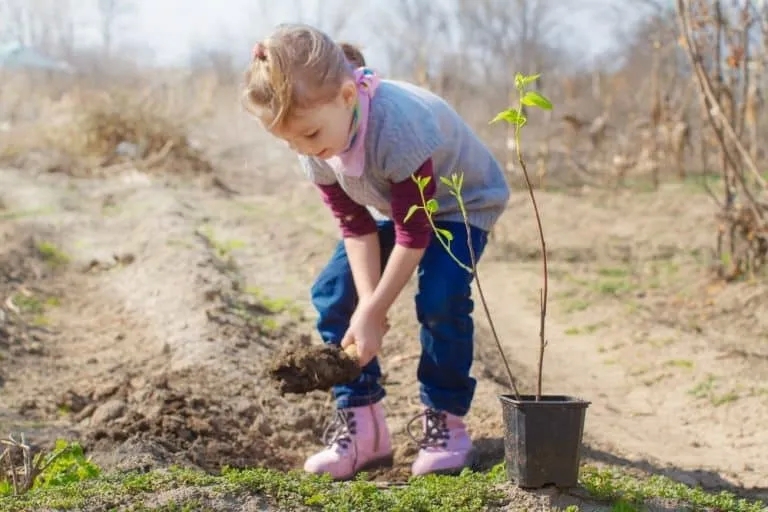
Almond — a unique tree. It boasts a delicate fragrance, beautiful pink-white blossoms, and...
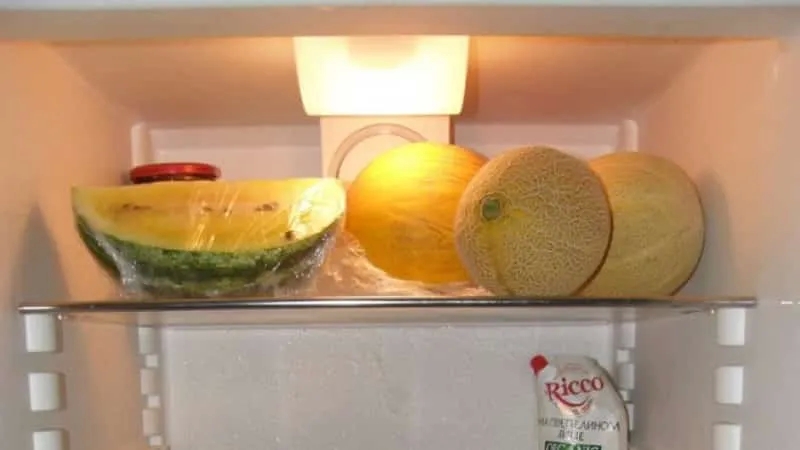
Melon — a delicious, fragrant, and healthy treat. However, its shelf life is relatively short. Often, a large fruit is cut but not fully consumed, and the remaining portion is stored in the refrigerator. A common question arises — how long can melons stay in a cool place without losing their taste? Additionally, many homemakers wish to serve slices of aromatic melon during winter holidays. For this purpose, it is specially frozen.
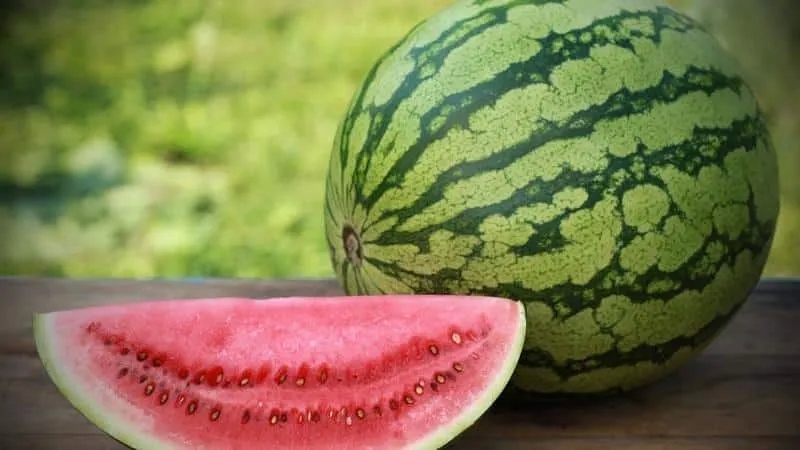
Many people believe that watermelon is a product that can be consumed in unlimited quantities. However, this is far from the truth. This fruit has the ability to accumulate nitrates, which nullifies its nutritional value and increases the risk of poisoning. To benefit from watermelons, it is essential to know where and how to buy them and in what quantities to eat them. In this case, all the micronutrients and vitamins will be absorbed without harm to health.

Water is the foundation of our body. Structured water with an ordered intermolecular bond is especially beneficial: it is the primary component of plant-based foods. A delicious and healthy pumpkin drink contains essential vitamins, trace elements, and up to 90% structured water. The best pumpkin varieties for making this drink include Honey, Golden Parisian, Winter Sweet, and Butternut.
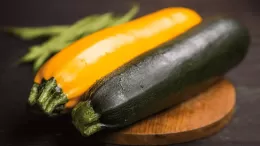
Almost every cuisine in the world has recipes for pickling zucchini in jars for winter. Zucchini (also known as courgette) originates from the pumpkin family and is considered a variety of squash. Italians are among the most frequent preparers of zucchini, though its homeland is Central America and Mexico. Rich in vitamins and minerals, zucchini is a versatile snack, making it a popular choice for preservation.
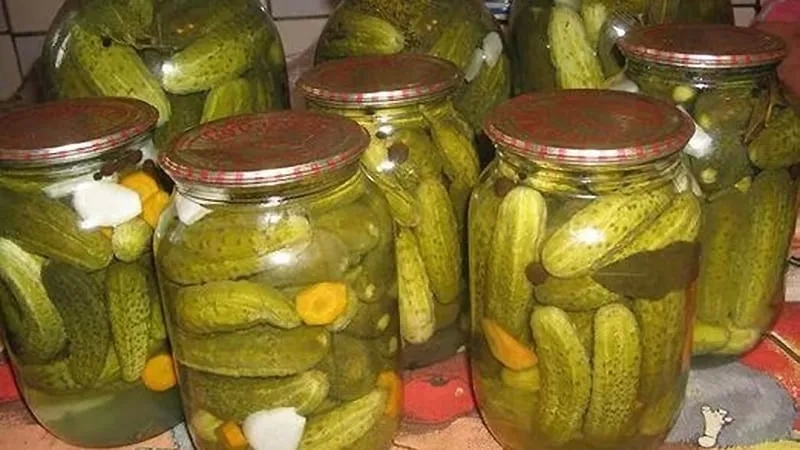
Cucumbers often grow alongside carrots in the garden, but they are rarely found together in a jar. Adding carrots—or even their greens—can diversify your winter preserves, making them hearty and nutritious.
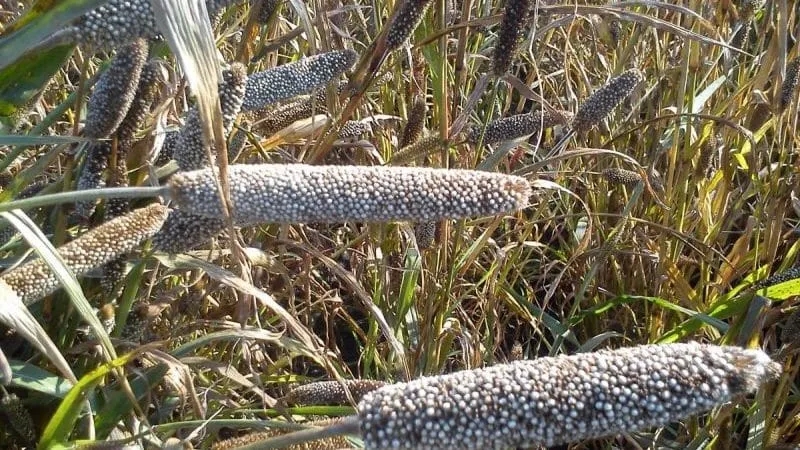
African millet – also known as pearl millet, Pennisetum, or feathertop grass – is a popular food crop in African countries. In Europe, African millet is primarily grown as an ornamental plant. Read on to learn about the planting and care rules for this beautiful grass.

Corn is rich in calcium and sodium, and contains ascorbic and pantothenic acids. It is a source of fiber, nutrients, and vitamin E. The crop is grown in open, sunny fields. To ensure a bountiful harvest, it must be protected from diseases and pests during cultivation. However, unwanted visitors occasionally appear on the plants and destroy the yield.
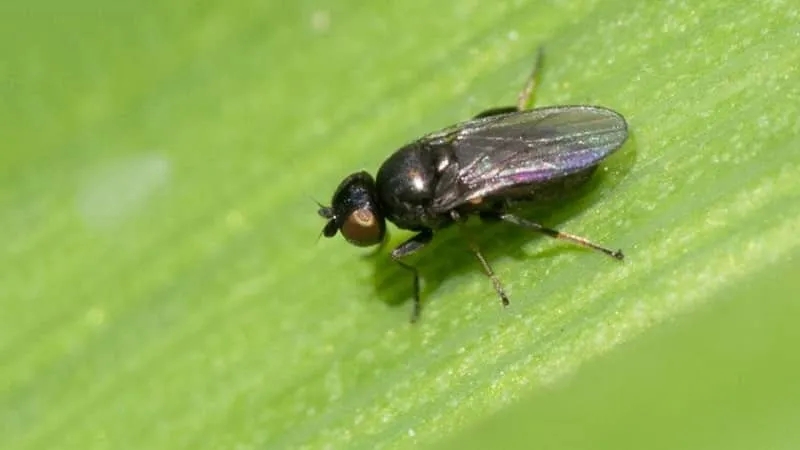
The Swedish fly poses a serious threat to agriculture, destroying cereal and forage crops. This insect adapts to any environmental conditions: thanks to its high adaptive abilities, it has spread across the globe and can even be found in the Arctic. Only a carefully planned system of crop protection measures can help defeat this dangerous pest.

Almond — a unique tree. It boasts a delicate fragrance, beautiful pink-white blossoms, and...
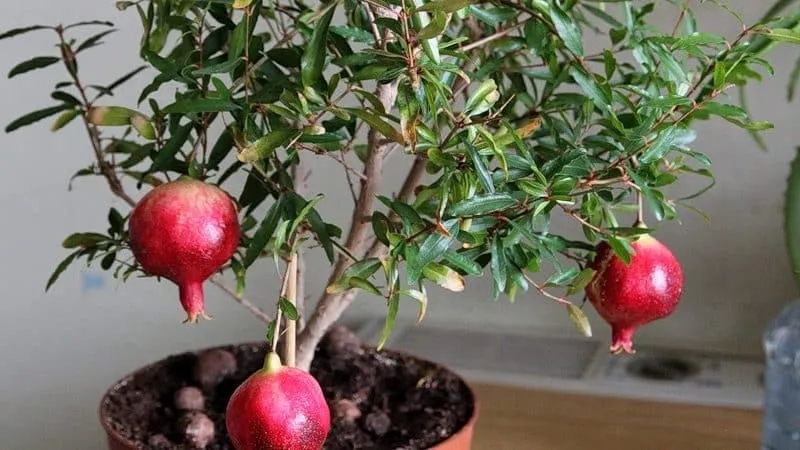
The blooming pomegranate is a sight to behold: against a backdrop of bright lime-green, lacy...
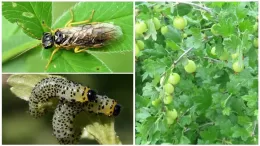
The sawfly — the most destructive insect — can reduce the yield of gooseberries and currants by up...
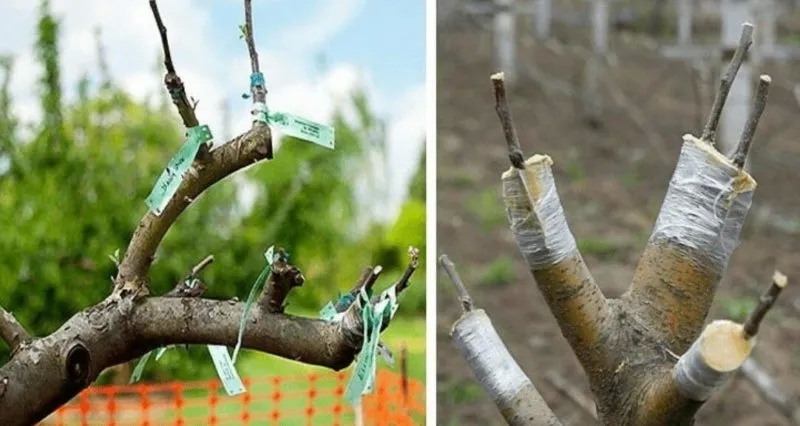
Spring — the most favourable time for garden work. During this period, fruit tree grafting begins....
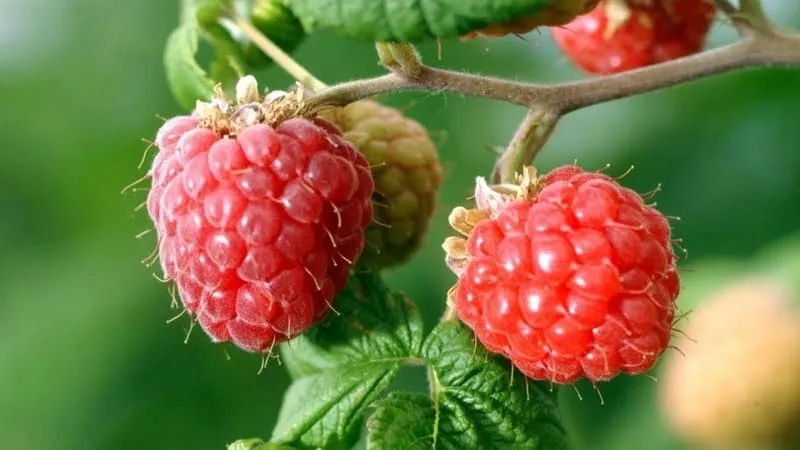
Raspberries are grown across Europe: from the sunny Mediterranean to the cool climates of...

The word "lemon" refers to both lemon trees and their fruits. This member of the Citrus family...

Nature has provided humanity with a vast variety of fruits that offer beneficial effects on the...
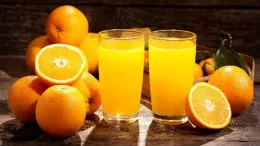
Freshly squeezed orange juice boasts outstanding taste, dietary, and health benefits. Its...